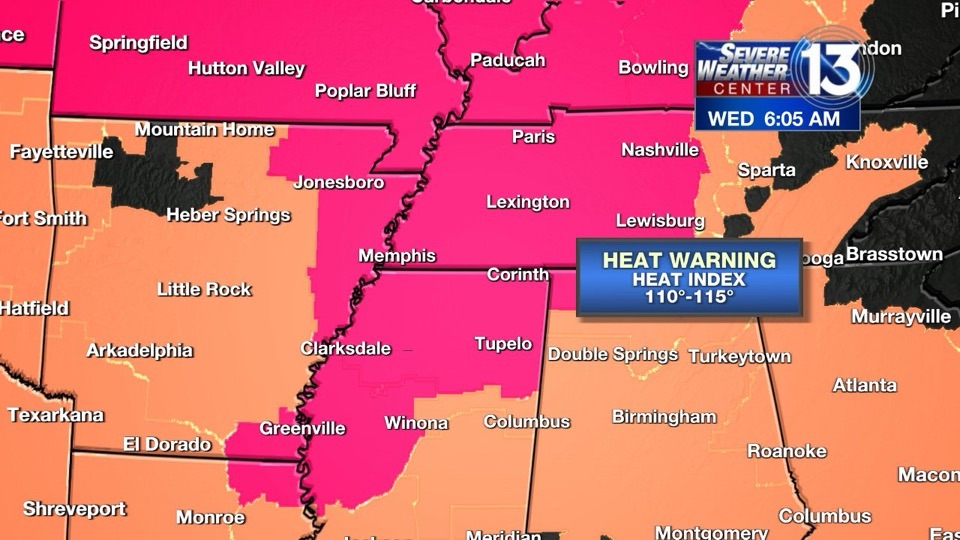A minimum of two to three days of intense heat with temperatures exceeding ninety degrees is considered extreme heat. Of all the weather-related risks, extreme heat frequently causes the greatest number of fatalities annually. People who overwork themselves or spend excessive amounts of time in the heat are susceptible to heat diseases. People who are unwell, overweight, have an underlying medical condition, or are older individuals are more vulnerable to heat-related illnesses.
In Maricopa County, Arizona, which includes Phoenix, heat-related deaths claimed a record 645 lives last year. The year was notable for its high heat in the area. In Phoenix past summer, temperatures of 110 degrees or above were recorded 31 days in a row, smashing an 18-day record established in 1974.
The most current data on heat-related mortality until June 29 from the county shows that at least 13 deaths this year have been confirmed, while the causes of over 160 other suspected heat deaths are still being looked into.
Up until next Tuesday, parts of central and western Arizona, including the metro Phoenix area and Tucson, are under an excessive heat advisory from the National Weather Service. Since no temperature change is anticipated for next week, those warnings will probably be prolonged.
The heatwave started a few days ago and is still getting worse, with highs in the desert reaching 110 degrees or more. From Friday through Thursday of next week, peak temperatures in the deserts are expected to reach 114 to 118 degrees, with some record-breaking temperatures conceivable. Temperatures up to 10 degrees above average are expected across the rest of the state, particularly in western Arizona, according to weather service meteorologist Isaac Smith.
“Our normal high for this time of year is right around 107 degrees, so you’re certainly looking at temperatures in some of these areas climbing upwards of eight to 10 degrees above normal,” he stated.
Phoenix saw the hottest June on record last month, surpassing the previous record by nearly two degrees. As opposed to the previous record of 95.3 degrees in 2021, the average temperature for the month was 97 degrees.
Phoenix surpassed the record day high of 116º established in 1983 this month (July), with a temperature of 118 degrees. Through the weekend, maximum temperatures in Metro Phoenix are predicted to remain between 115 and 117.
In accordance with a weather service advisory, “an excessive heat warning means that a period of very hot temperatures, even by local standards, will occur.” “Actions should be taken to lessen the impact of the extreme heat.”
Potential thunderstorm activity, however, smaller and more solitary storms are predicted, according to meteorologist Julia Tetrault. The temperature might drop on Friday and Saturday.
During holiday celebrations, particularly those held outside, the weather service recommended drinking enough of water, avoiding prolonged periods of exposure to the outdoors, and dressing comfortably.
The weather office in Tucson recommended holiday hikers to avoid peak temperatures and to be safe in the heat by trekking only around daybreak or after dusk.
The majority of state, federal, and tribal properties in Arizona are subject to Stage 1 fire restrictions, and it is always unlawful to use fireworks on federal property.
Officials from the Arizona Department of Forestry and Fire Management have said that they will be stationed in high-ignition regions, including Pinal County, Wittmann, the State Route 74 corridor, the Interstate 17 corridor, and the vicinity of U.S. 60 between Apache Junction and Gold Canyon.





